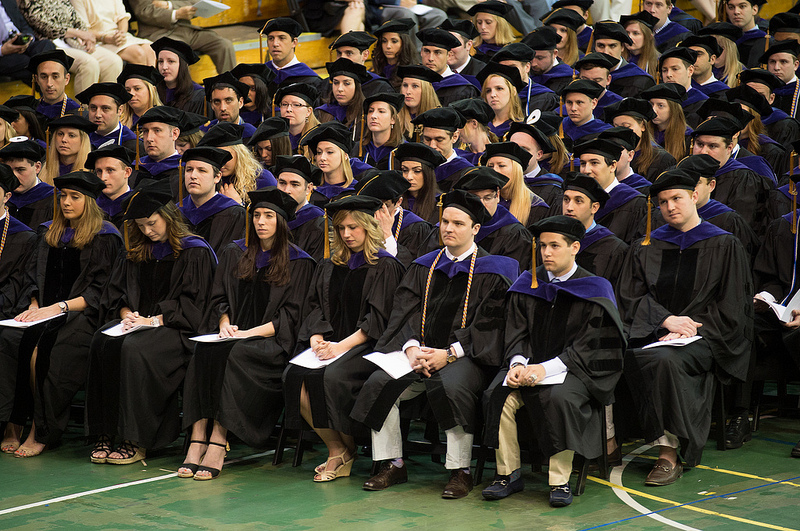
As previously reported, the Department of Homeland Security published a new final rule that will allow certain F-1 students with degrees in science, technology, engineering, or mathematics, also known as (STEM) fields, to apply for a 24-month extension of their optical practical training (OPT) program. This new 24-month OPT extension will replace the 17-month STEM OPT extension that had been previously in place since 2008. Eligible students can begin to apply for the new 24-month extension starting May 10, 2016. If you mistakenly apply for a 24-month extension before May 10, 2016 you will receive a 17-month extension.
Applicants should note that the cap gap extension has not changed. Individuals who have filed an H-1B change of status application that is currently pending with USCIS, must keep in mind that their status will only be extended until September 30. It is recommended that selected H-1B participants upgrade their petition to premium processing, so that foreign workers in F-1 status do not experience significant gaps in employment. USCIS will adjudicate STEM OPT applications under the 2008 rules until May 9, 2016. STEM OPT extension applications filed and approved before May 10, 2016 will receive a 17-month extension. If you have a pending application requesting a 17-month STEM OPT extension on May 10, 2016 you will receive a request for evidence asking for additional documentation to satisfy the new rule for the new 24-month extension. We have learned that the SEVIS system will be updated so that I-20’s will reflect 24-month extensions.
Students currently on 17-month STEM OPT
 Visa Lawyer Blog
Visa Lawyer Blog







